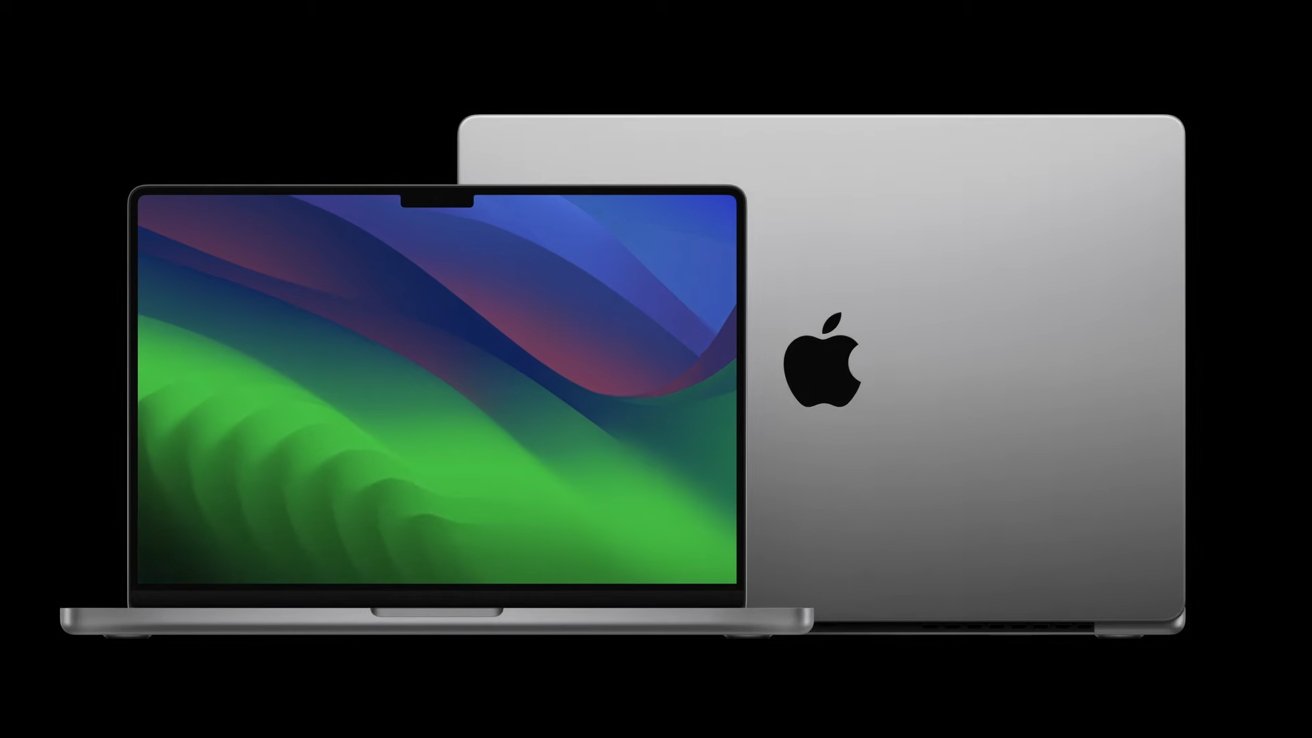Previously exclusive to the 16-inch MacBook Pro, Apple’s performance-boosting High Power Mode has now come to the new M3 Max edition of the 14-inch MacBook Pro.
High Power Mode is an option that was introduced for the M1 Max 16-inch MacBook Pro, shortly after its original launch in 2021. It’s intended as a setting that allows a user to run the device at its maximum speed when performance is needed for, say, graphics intensive work.
By default, the 16-inch MacBook Pro and now 14-inch MacBook Pro can automatically run at these speeds anyway, but it’s macOS that determines whether its necessary. With the new setting, the user can elect to drive the device at this maximum speed.
Whether or not it makes any visible difference depends entirely on the work that the MacBook Pro is being required to do. The new option for the 14-inch MacBook Pro was spotted by Jason Snell, who says the difference was negligible in his testing.
“I didn’t actually find it made much of a difference in the tests I was running, but it sure did make the fans kick in at a very loud volume,” he wrote. “With the exception of using some heavy CPU tasks in High Power Mode, the fans on the MacBook Pro were either silent or, in some heavier loads, audible but not obnoxious.”
“But if you stress things out enough in High Power Mode, your laptop will sound more like a hair dryer,” he continued. “It’s all in the name of high performance, since all High Power Mode really does is let your fans blow as loud as they need to in order to keep the processor cranking as hard as it possibly can.”
Apple has previously said that High Power Mode can help with graphics-intensive workflows “such as color-grading 8K ProRes 4444 and 8K DNxHR video.”
While the feature is available whether a user is on battery or connected to a power adapter, it’s set up in the battery section of Settings. Under Energy Mode, users can choose Automatic, Low Power, or High Power, for each of the battery or power adapter situations.
High Power Mode is effectively the opposite of Low Power Mode, which was introduced with macOS Monterey to increase battery life.


